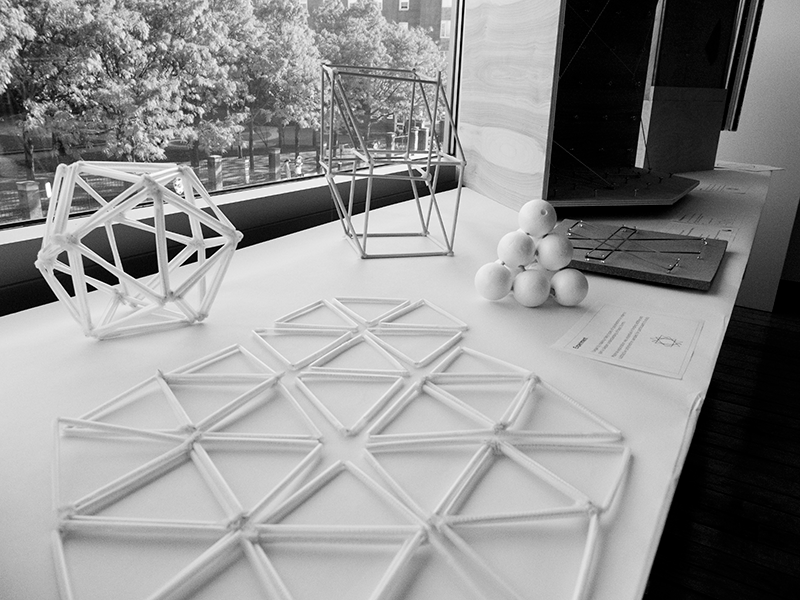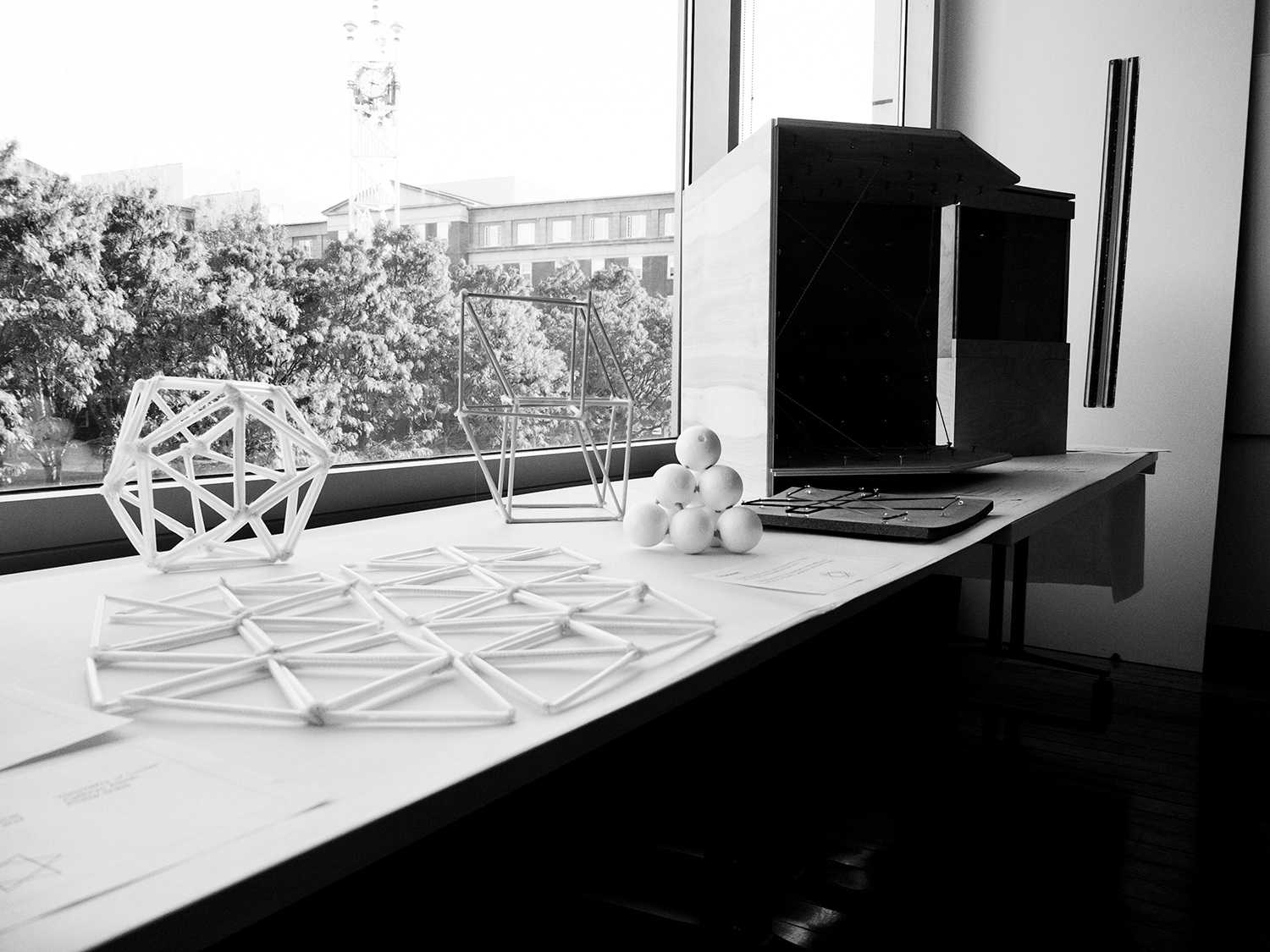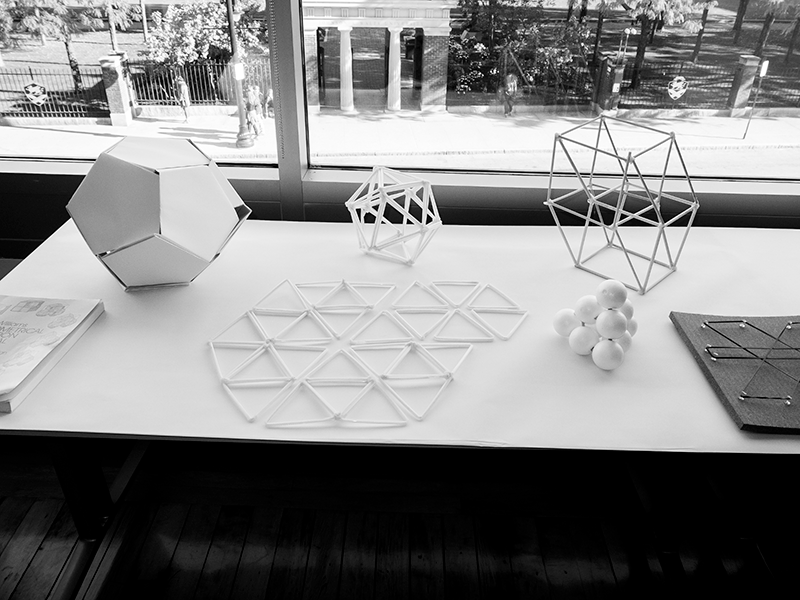How Can We Facilitate Access to and Understanding of Complex Shapes?
Research and Experimentation
The purpose of this experiment was to develop methods for learning complex polyhedra. I found a need to develop tools that would enhance the familiarity with and use of complex shapes in design. A deep comprehension of basic natural structures contributes to a more complete and complementary design solution.
Drawing Machine 01
Materials: Fog, Lasers, Wood
Drawing Machine 02
Materials: String, Hardware, Wood
Designers need to possess a clear basic knowledge of natural polyhedra. We need to innovate ‘machines’ to assist designers in gaining complete familiarity with these shapes. There needs to be tools with which fabricators can construct angles other than the oft found 90˚ and 45˚ ‘square’ tools.
In The Geometrical Foundation of Natural Structure, Robert Williams argues that we should not be surprised when a designer familiar only with spheres, cubes and prisms innovates something ordinary. Williams’ text is devoted to mathematically explaining geometric frameworks to provide a sourcebook for design use. Although this text is popular among geometry lovers, it has not lessened the divide between those that understand complex shapes and the designers that need to make use of this elemental knowledge.
Material Explorations
Exploring methods to quickly prototype with polyhedra.









